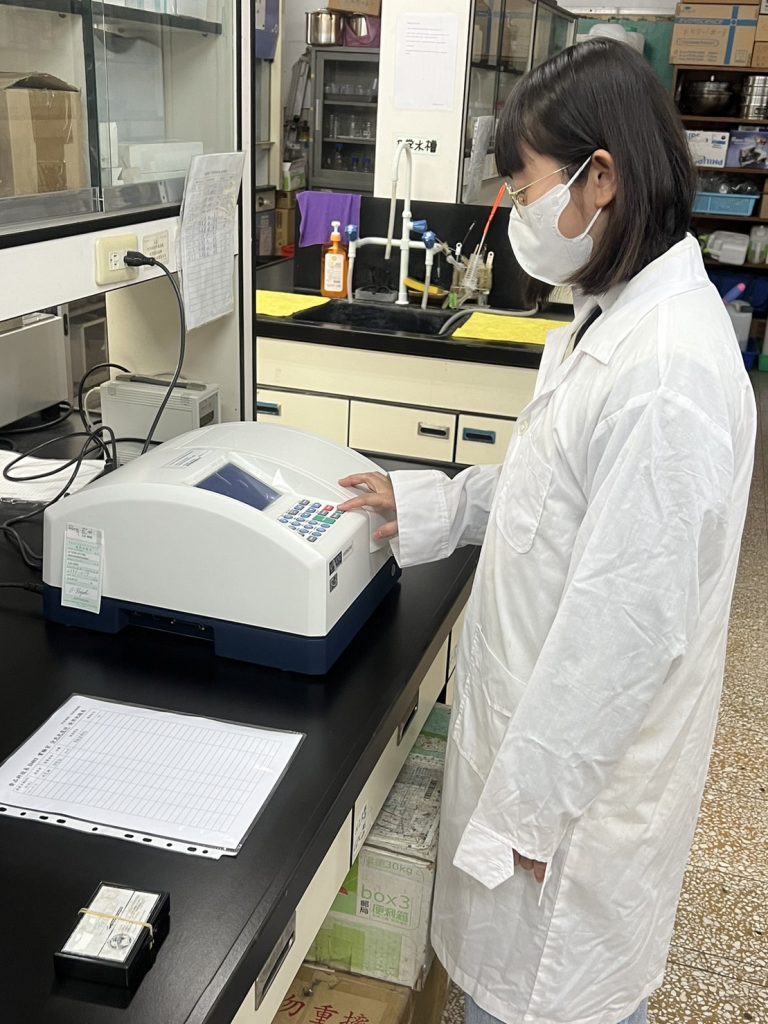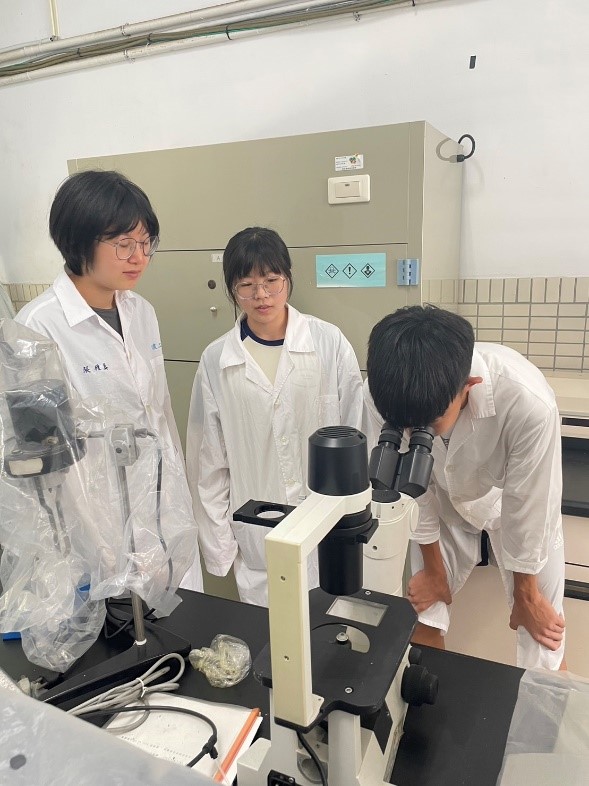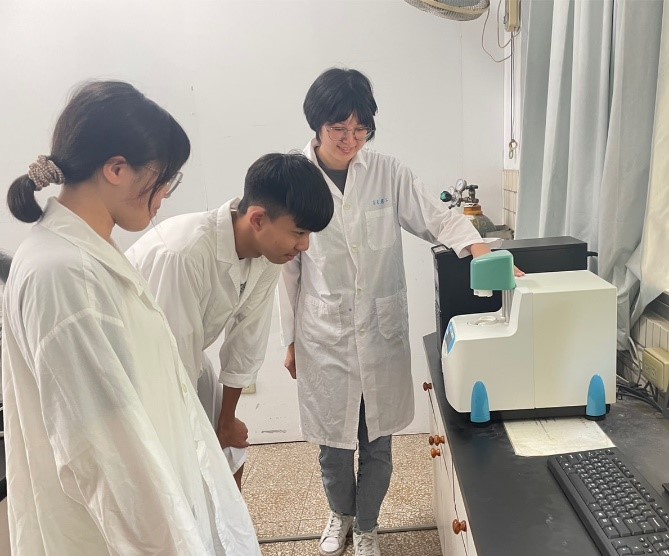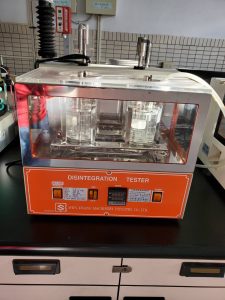
Name:Physical & Chemical Laboratory
Equipment:D40400
Teachers in charge:Tsai Cheng-Chih
Equipment::
In this course, students will learn about the scientific principles and technical applications related to food, as well as the corresponding experimental skills. For example:
1.Food composition and additive analysis: Food samples will be homogenized using a tissue homogenizer, followed by emulsification of the oil and water phases using a high-speed emulsifier. Subsequently, solid particles or precipitates will be filtered out from the samples using a vacuum filtration unit to obtain clarified liquid samples. Finally, food components will be quantitatively analyzed and tested using a tissue analyzer and a Rapid Visco Analyzer (RVA).
2.Food quality testing: Food samples will be homogenized using a tissue homogenizer, followed by emulsification of the oil and water phases using a high-speed emulsifier. The samples will then be frozen to extremely low temperatures using a high-speed refrigerated centrifuge to observe changes in their properties under low temperature conditions. The microstructure and microbial morphology of the food will be observed using an analytical inverted microscope equipped with a lighting system for food quality assessment and microbiological research.
3.Food preservation technology research: Food samples will be homogenized using a tissue homogenizer, followed by emulsification of the oil and water phases using a high-speed emulsifier. The samples will then be frozen to extremely low temperatures using an ultra-low temperature freezer to observe changes in their properties under low temperature conditions. The properties of the food will be quantitatively analyzed and its thermal properties tested using a tissue analyzer and a differential scanning calorimeter (DSC).
These skills will help students understand the composition, processing, and analysis methods of food, and develop corresponding experimental operation capabilities, laying a solid foundation for their future professional roles in the food industry, research institutions, or related fields. Furthermore, if conducting cell culture experiments, the use of a carbon dioxide incubator to provide specific environmental conditions, in conjunction with the observation function of an inverted microscope, provides important foundations and tools for the cultivation of biotechnology.





